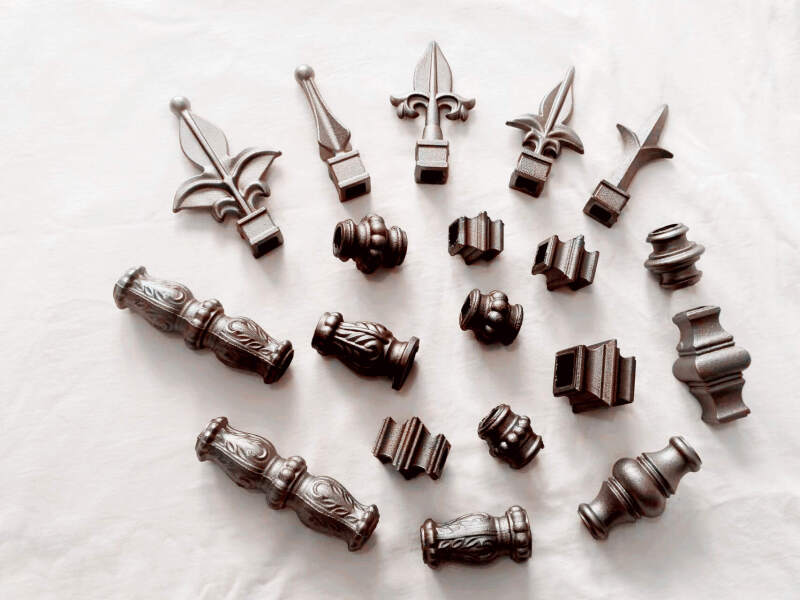
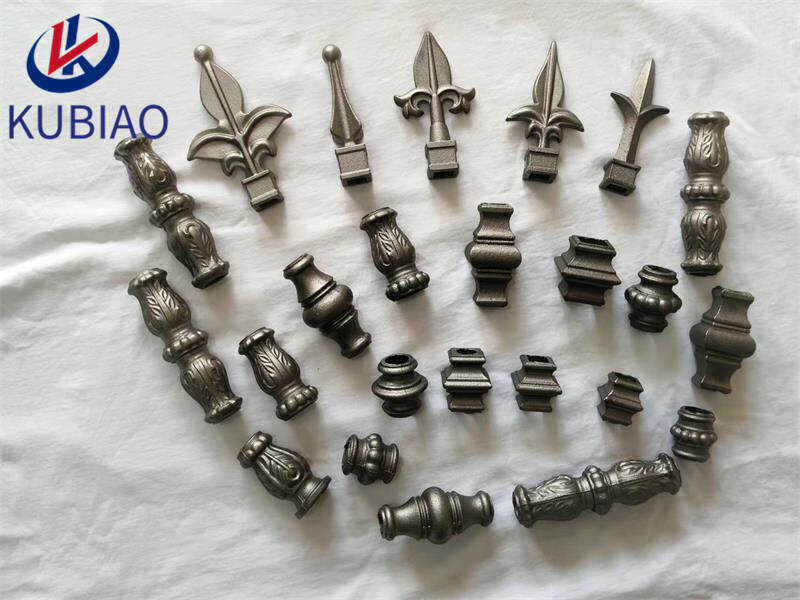
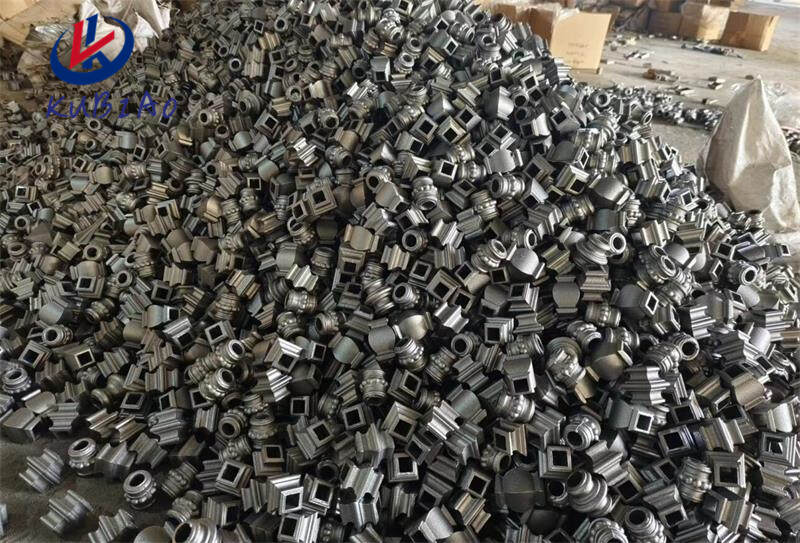
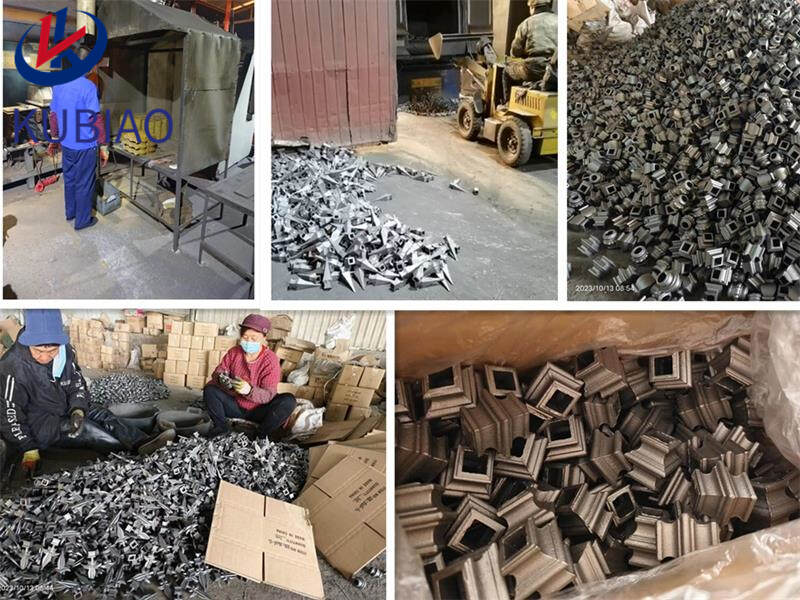
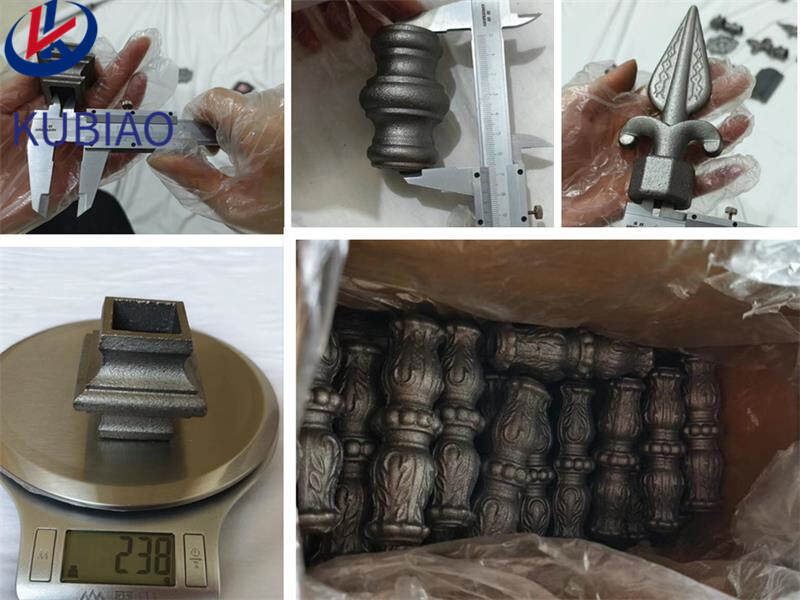
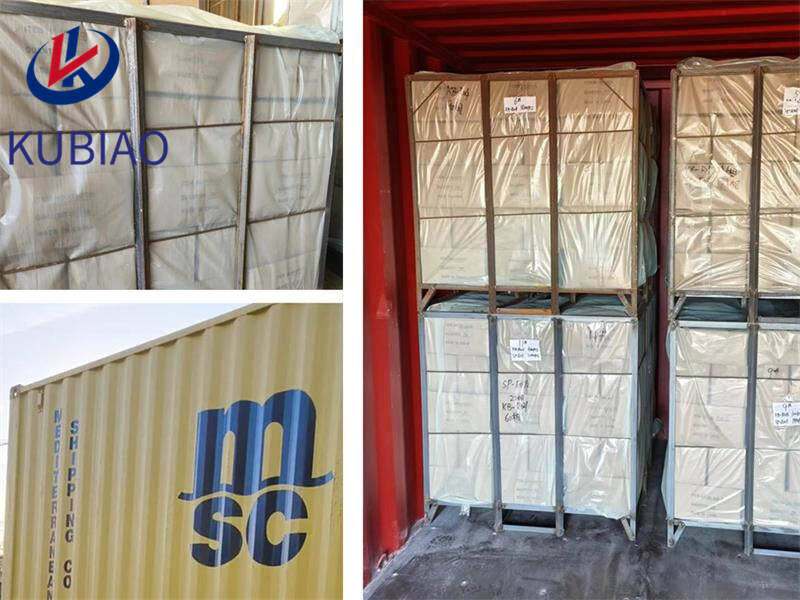
| Product name | casting elements |
| Keyword | cast iron garden decor,iron ornament ,iron ornament panels,ornamental iron,decorative fence parts |
| Place of Origin | China |
| Quality standard | We have our own professional QC team to insure the quality. |
| Feature | Cast iron is a strong metal material that can withstand large amounts of pressure and weight. It is also durable and resistant to corrosion, making it ideal as a decorative item |
| Application scope | Garden house, etc. |
| surface treatment | sand blasting antirust antirust oil/water painting hot dip galvanizing |
| Unit Weight(g) | 311(Contact us for specific information to confirm) |
| terms of payment | 50% T/T in advance, balance before shipment. |
| Life span | 16 years (Contact us for specific information to confirm) |
| delivery time | It usually takes 40 days. |
| Advantage | We keep good quality and competitive price to ensure our customers benefit |
| Packing | 12x10.36x14.9cm(Contact us for specific information to confirm) |
| OEM/ODM | Customization Service Provided |
| design | beautiful elegance sleek pretty |
| Sales country | All over the world for example:Tuvalu,Bermuda,Cyprus,Cote d'Ivoire,Niue |
| MOQ | 300pcs(Contact us for specific information to confirm) |
1.How do I protect casting elements from rust?
We pay attention to user experience and product quality, and provide the best product quality and lowest production cost for cooperative customers.
1. Clean and dry the ornaments: Before applying any protective coating, make sure the ornaments are clean and dry. Use a wire brush or sandpaper to remove any rust or dirt.
2. Apply a rust converter: Rust converters are chemical solutions that convert rust into a stable compound that can be painted over. Apply the converter according to the manufacturer's instructions and let it dry completely.
3. Use a rust-inhibiting primer: Once the rust converter has dried, apply a rust-inhibiting primer to the ornaments. This will create a barrier between the metal and the environment, preventing rust from forming.
4. Paint with a rust-resistant paint: After the primer has dried, paint the ornaments with a rust-resistant paint. This type of paint contains additives that prevent rust from forming.
5. Apply a clear coat: For added protection, you can apply a clear coat over the painted surface. This will provide an extra layer of protection against moisture and other elements.
6. Keep the ornaments dry: Moisture is the main cause of rust, so it's important to keep the ornaments dry. If they are placed outdoors, make sure they are covered or brought inside during rainy or humid weather.
7. Reapply protective coating regularly: Over time, the protective coating on the ornaments may wear off. It's important to reapply the rust converter, primer, and paint every few years to keep the ornaments protected.
8. Store indoors during winter: If possible, store the ornaments indoors during the winter months to protect them from harsh weather conditions.
9. Use a rust inhibitor: You can also use a rust inhibitor spray or gel to protect the ornaments. These products create a thin film over the metal, preventing rust from forming.
10. Regularly inspect and maintain: Regularly inspect the ornaments for any signs of rust and touch up any areas that may need it. This will help prevent rust from spreading and keep your ornaments looking like new.
2.Are there any famous examples of casting elements in famous buildings?
We have established long-term and stable partnerships with our suppliers, so we have great advantages in price and cost and quality assurance.
1. Eiffel Tower - The iconic Parisian landmark features cast iron ornaments in its intricate lattice design.
2. Grand Central Terminal - The main concourse of this New York City train station is adorned with cast iron chandeliers and decorative elements.
3. Buckingham Palace - The gates and railings of the royal residence in London are made of cast iron, featuring ornate designs and crests.
4. St. Pancras Station - This Victorian railway station in London is known for its elaborate cast iron roof and decorative elements.
5. New York Public Library - The main branch of the NYPL features cast iron lamp posts and decorative grilles on its exterior.
6. The Palace of Westminster - The Houses of Parliament in London feature cast iron elements, including the iconic Big Ben clock tower.
7. The Iron Bridge - This 18th century bridge in Shropshire, England is considered a masterpiece of cast iron engineering and design.
8. The Smithsonian Castle - The oldest building on the National Mall in Washington D.C. features cast iron columns and decorative elements.
9. The Royal Albert Hall - This concert hall in London features a cast iron dome and decorative friezes on its exterior.
10. The Flatiron Building - This iconic New York City skyscraper is known for its unique triangular shape and cast iron facade.
3.Can I use casting elements in a historical restoration project?
Our casting elements products have competitive and differentiated advantages, and actively promote digital transformation and innovation. Yes, cast iron ornaments can be used in a historical restoration project. Cast iron was a popular material used in architectural ornamentation during the 19th and early 20th centuries, so it would be historically accurate to use it in a restoration project. However, it is important to ensure that the cast iron ornaments are authentic to the time period and style of the building being restored. It is also important to properly maintain and preserve the cast iron to prevent deterioration and maintain its historical integrity.
4.Can casting elements be used as garden decorations?
We have a first -class management team, and we pay attention to teamwork to achieve common goals.
Yes, cast iron ornaments can be used as garden decorations. They are durable and weather-resistant, making them suitable for outdoor use. They can add a touch of elegance and charm to any garden or outdoor space. Some common cast iron garden ornaments include statues, fountains, planters, and decorative accents such as bird baths and garden stakes.
5.Are there any common design elements found in casting elements ?
1. Intricate Details: Cast iron ornaments often feature intricate and detailed designs, such as floral patterns, scrollwork, and geometric shapes.
2. Curved and Organic Shapes: Many cast iron ornaments have curved and organic shapes, which are achieved through the casting process.
3. Symmetry: Symmetry is a common design element in cast iron ornaments, with designs often being mirrored on both sides.
4. Repetition: Many cast iron ornaments feature repeated patterns or motifs, creating a sense of unity and cohesion in the design.
5. Textures: Cast iron ornaments can have a variety of textures, including smooth, rough, and hammered surfaces, adding visual interest and depth to the design.
6. Finials and Fleur-de-lis: Finials, which are decorative end pieces, and fleur-de-lis, a stylized lily flower, are commonly found in cast iron ornaments, adding a touch of elegance and sophistication.
7. Gothic and Victorian Influences: Cast iron ornaments often draw inspiration from Gothic and Victorian architecture, featuring pointed arches, spires, and intricate details.
8. Natural Elements: Many cast iron ornaments incorporate natural elements, such as leaves, flowers, and animals, into their designs.
9. Rustic and Industrial Aesthetics: Cast iron ornaments can also have a rustic or industrial aesthetic, with rough textures and simple, geometric designs.
10. Black or Dark Colors: Due to the nature of cast iron, most ornaments are black or dark in color, adding a sense of drama and contrast to the design.
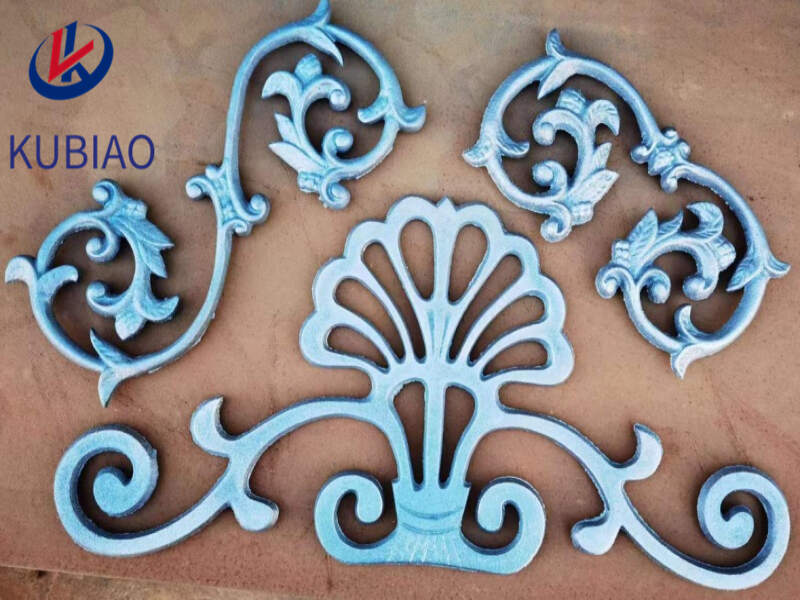
6.What are the differences between antique and new casting elements ?
We continuously upgrade our skills and knowledge to adapt to changing casting elements market needs.
1. Age: The most obvious difference between antique and new cast iron ornaments is their age. Antique cast iron ornaments are typically at least 100 years old, while new ones are recently manufactured.
2. Design: Antique cast iron ornaments often have intricate and detailed designs, reflecting the craftsmanship of the time period they were made in. New cast iron ornaments may have simpler and more modern designs.
3. Rarity: Due to their age, antique cast iron ornaments are often more rare and harder to find than new ones. This can make them more valuable to collectors.
4. Quality: Antique cast iron ornaments were often made with high-quality materials and craftsmanship, resulting in a more durable and long-lasting product. New cast iron ornaments may not have the same level of quality and may be more prone to damage.
5. Patina: Antique cast iron ornaments have a natural patina that develops over time, giving them a unique and aged appearance. New cast iron ornaments may lack this patina and may look more uniform and shiny.
6. Price: Due to their rarity and historical value, antique cast iron ornaments can be more expensive than new ones. New cast iron ornaments are often more affordable and readily available.
7. Authenticity: Antique cast iron ornaments have a sense of authenticity and history that cannot be replicated in new ones. They have a story and a connection to the past that adds to their charm and value.
8. Collectibility: Antique cast iron ornaments are highly sought after by collectors, making them a valuable and desirable item. New cast iron ornaments may not hold the same level of collectibility.
9. Condition: Antique cast iron ornaments may have some wear and tear due to their age, while new ones are in pristine condition. This can affect their appearance and value.
10. Purpose: Antique cast iron ornaments were often used for practical purposes, such as architectural details or garden decorations. New cast iron ornaments may be more decorative and used solely for aesthetic purposes.
7.What colors can casting elements come in?
As one of the top casting elements manufacturers in China, we take this very seriously.
Cast iron ornaments can come in a variety of colors, including:
1. Black: This is the most common color for cast iron ornaments, as it is the natural color of the material.
2. Bronze: Cast iron can be treated with a bronze finish to give it a warm, metallic look.
3. White: Some cast iron ornaments may be painted white for a more modern or shabby chic look.
4. Rust: Over time, cast iron can develop a rust patina, giving it a unique and aged appearance.
5. Green: Some cast iron ornaments may be painted green for a vintage or antique look.
6. Gold: Cast iron can be treated with a gold finish for a luxurious and elegant look.
7. Silver: Similar to gold, cast iron can also be treated with a silver finish for a more modern and sleek appearance.
8. Blue: Some cast iron ornaments may be painted blue for a pop of color and a whimsical touch.
9. Red: Red is another popular color for cast iron ornaments, especially during the holiday season.
10. Custom colors: Cast iron ornaments can also be painted or coated in any custom color to match a specific theme or decor.
8.Are there any cultural or symbolic meanings behind certain cast iron ornament designs?
We actively participate in the casting elements industry associations and organization activities. The corporate social responsibility performed well, and the focus of brand building and promotion
Yes, there are several cultural and symbolic meanings associated with certain cast iron ornament designs. Some common examples include:
1. Fleur-de-lis: This symbol, which resembles a stylized lily or iris, is often associated with French culture and royalty. It is also used as a symbol of purity, light, and life.
2. Celtic Knots: These intricate designs, often seen in Celtic and Irish cultures, symbolize eternity, continuity, and interconnectedness.
3. Dragon: In many Asian cultures, dragons are seen as powerful and auspicious creatures, representing strength, wisdom, and good luck.
4. Sunburst: This design, featuring rays of light emanating from a central point, is often associated with the sun and its life-giving properties. It can also symbolize enlightenment and spiritual growth.
5. Pineapple: In Western cultures, the pineapple is often seen as a symbol of hospitality, warmth, and welcome.
6. Tree of Life: This design, featuring a tree with spreading branches and deep roots, is a common symbol in many cultures, representing the interconnectedness of all living things and the cycle of life.
7. Anchor: In maritime cultures, the anchor is a symbol of stability, strength, and hope.
8. Cross: The cross, a symbol of Christianity, is often seen in cast iron designs and can represent faith, sacrifice, and redemption.
9. Horseshoe: In many cultures, the horseshoe is seen as a symbol of good luck and protection.
10. Star of David: This six-pointed star is a symbol of Judaism and can represent unity, balance, and divine protection.
9.How are casting elements made?
We continue to improve casting elements products and processes to improve efficiency.
1. Creating a Design: The first step in making cast iron ornaments is to create a design. This can be done by hand-drawing or using computer-aided design (CAD) software.
2. Making a Mold: Once the design is finalized, a mold is created. This can be made from wood, metal, or other materials. The mold is usually made in two halves, with the design carved or etched into it.
3. Preparing the Iron: Cast iron is made by melting iron and adding other elements such as carbon, silicon, and manganese to create a strong and durable material. The iron is heated in a furnace until it reaches a molten state.
4. Pouring the Iron: Once the iron is molten, it is poured into the mold. The mold is usually preheated to prevent the iron from cooling too quickly and to ensure a smooth finish.
5. Cooling and Removal: The iron is left to cool and solidify in the mold. Once it has cooled, the mold is opened and the cast iron ornament is removed.
6. Finishing: The cast iron ornament may have rough edges or imperfections from the casting process. These are removed by grinding, sanding, or filing. The ornament may also be polished or painted to achieve the desired finish.
7. Inspection: The finished ornament is inspected for any defects or imperfections. Any necessary touch-ups or repairs are made at this stage.
8. Packaging and Shipping: The final step is to package the cast iron ornament for shipping or display. This may involve adding protective packaging or attaching hanging hardware if necessary.
10.Are casting elements more durable than other types of ornaments?
We should enjoy a good reputation in the industry, and we can increase the added value of the products of cooperative customers through technological innovation.
Yes, cast iron ornaments are generally more durable than other types of ornaments. This is because cast iron is a strong and sturdy material that is resistant to rust and corrosion. It can withstand harsh weather conditions and is less likely to break or chip compared to other materials such as plastic or ceramic. Additionally, cast iron ornaments are often heavier and more solid, making them less likely to be knocked over or damaged.
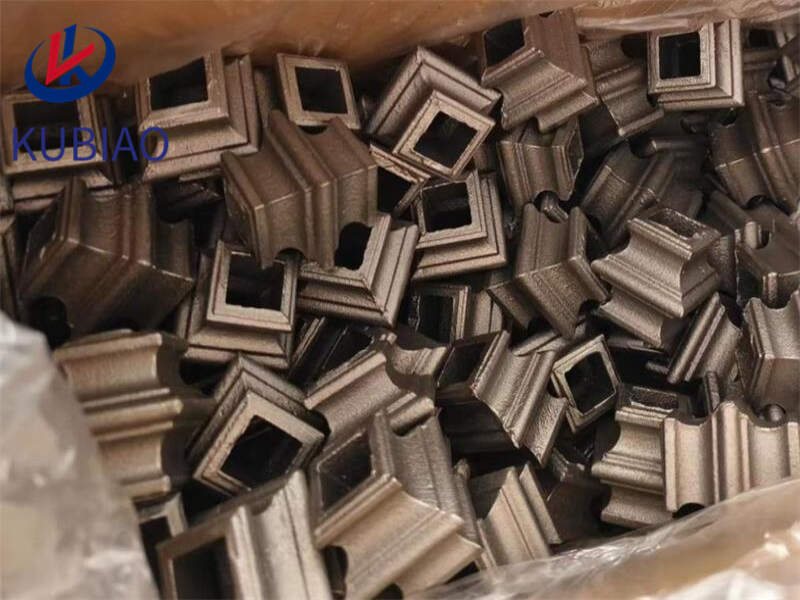
11.What are casting elements ?
We have flexible production capacity. Whether you are large orders or small orders, you can produce and release goods in a timely manner to meet customer needs.
Cast iron ornaments are decorative objects made from cast iron, a type of iron that is heated until it becomes molten and then poured into a mold to create a specific shape. These ornaments can range from small figurines and sculptures to larger architectural elements such as columns, balusters, and finials. They are often used to add a touch of elegance and charm to gardens, homes, and other outdoor spaces. Cast iron ornaments are known for their durability and can withstand harsh weather conditions, making them a popular choice for outdoor decor. They can also be painted or finished in various colors and styles to suit different design preferences.
Welcome to contact us for Cast Iron Order!
Email: sales@kubiaometal.com
Cellphone/Whatsapp: 0086 13020588163
Wechat: 13028588163
Tag:casting leaf,ornamental spearheads ,ornamental iron gate part,cast iron bushing,cast iron fence cap,cast iron collars
PREV: casting gate parts
NEXT: casting decoration
Product
Category